fmc2001
Mechanical
- Jan 5, 2016
- 11
Hi everyone.
I would like to consult for a blower that was recently repaired? I would appreciate any help on this.
Attached document is my initial investigation of the blower and hopefully you may take time to read this. On the last pages of this presentation are only my suspicion. I haven't included the integrity of the Allen cap screws but would also send this for a shear test and tensile test for verification. This blower is driven by a 250hp motor/4160voltage. Blower speed is 1565rpm. I would really need any expert advice on this matter.
The cylinder body's maximum temperature reading was only 40Deg C and the drive end bearing temperature max was only 82 Deg C. The rest of the surfaces of the blower reads only 35 to 40 Deg C....so far it was perfectly operating until the they decided to shut it down in the evening as the central control noticed that there was a sudden drop of amperage during the night and decided to operate the parallel unit or back up unit. To which I don't know yet the time when they decided to couple the ports to the silencer and start conveying the fine coal on the downstream where at the moment how much time was it running while coupled to the silencer and a sudden drop of amperage is noticed.
I have inspected well all the components and parts where everything is without wear on the surfaces of the cylinder, lobes, bearing fits, bearing journals, drive and driven gears etc., that should occur if a rubbing or sudden jerk of operation would prove. Please see the attached photo for your references and videos during operation on an open port.
Those marks you may notice on the head plate are just nominal to very slight wear. I suspect this mark happened after the breakage of the Allen cap screws as it took us time to withdraw the unit from the skid base of the blower.
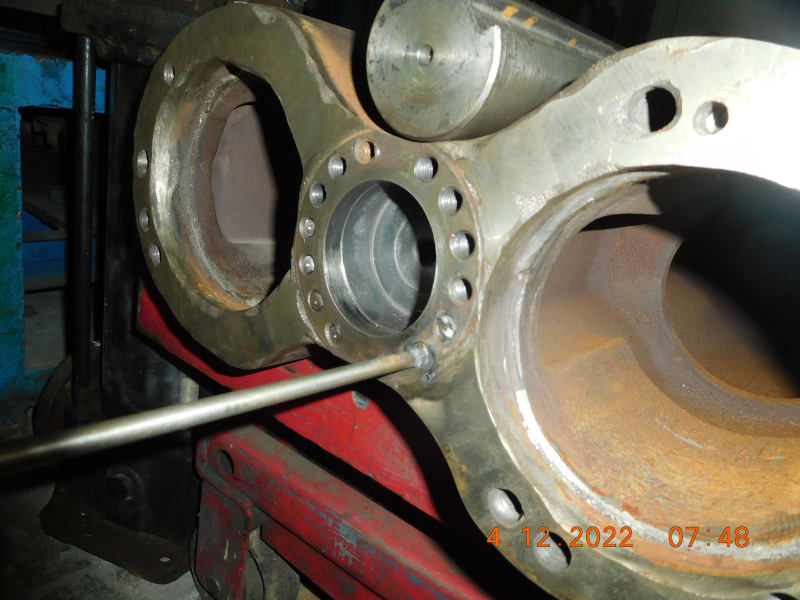
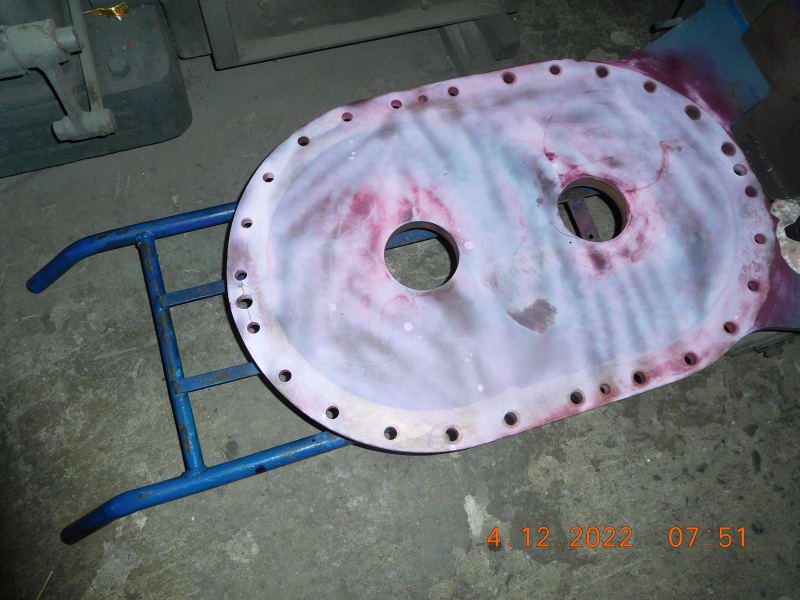
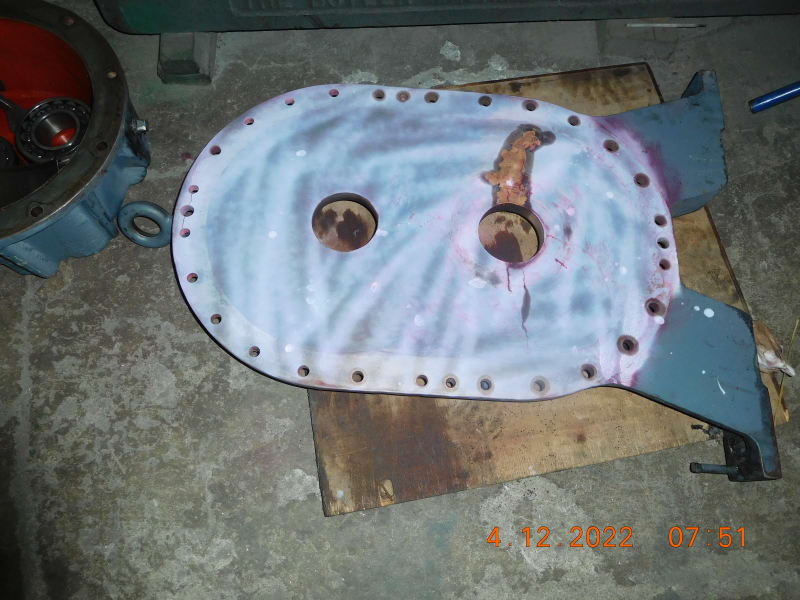
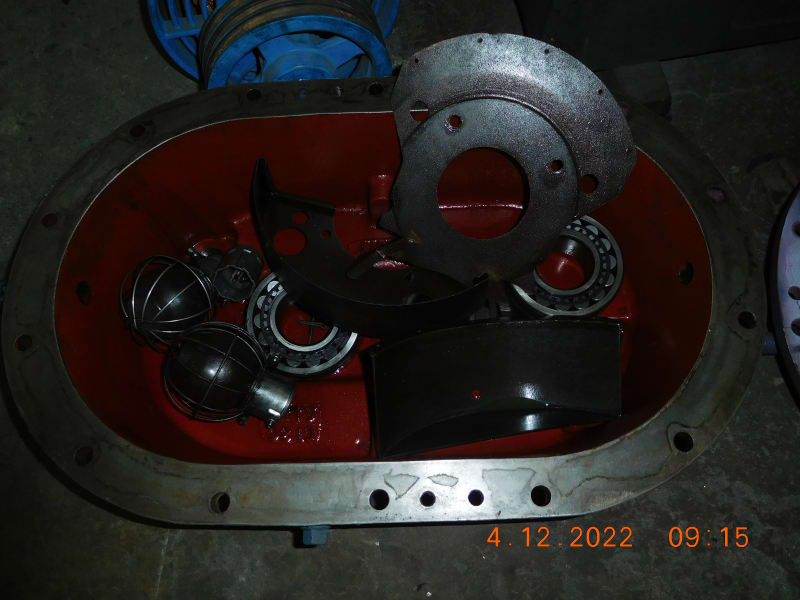

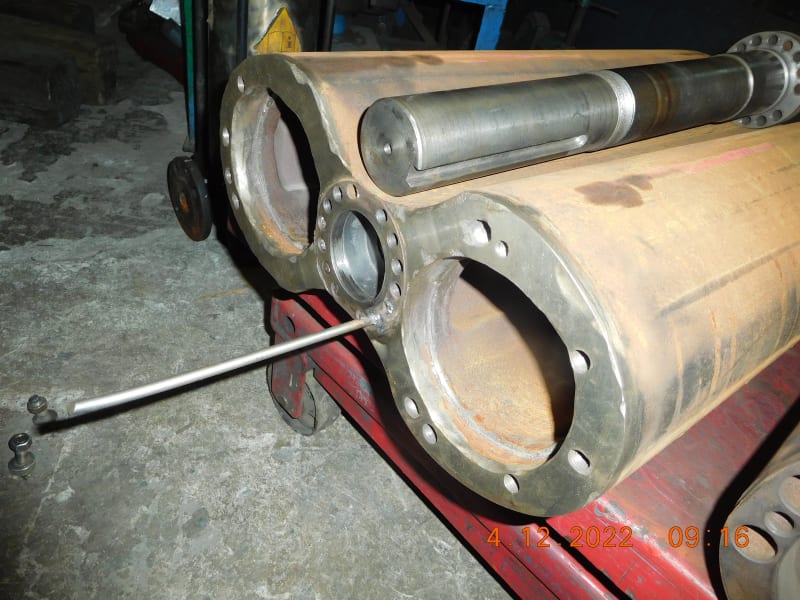
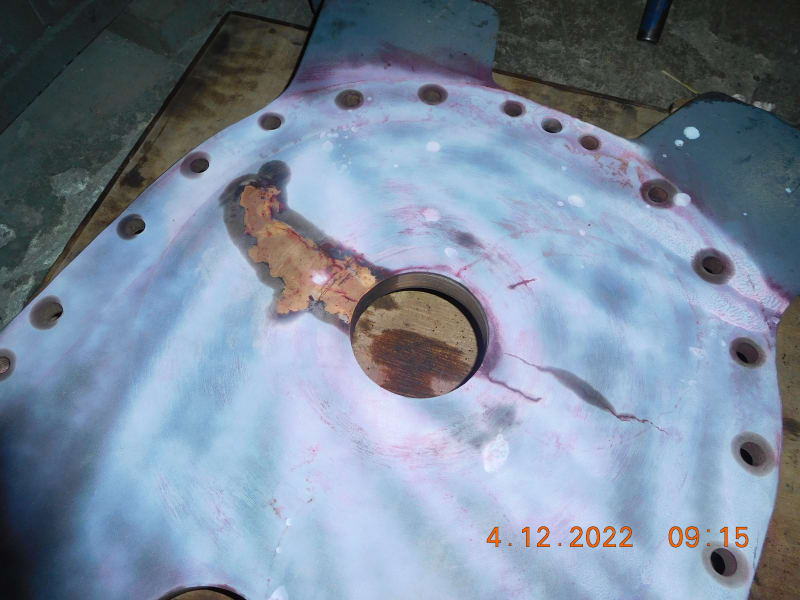

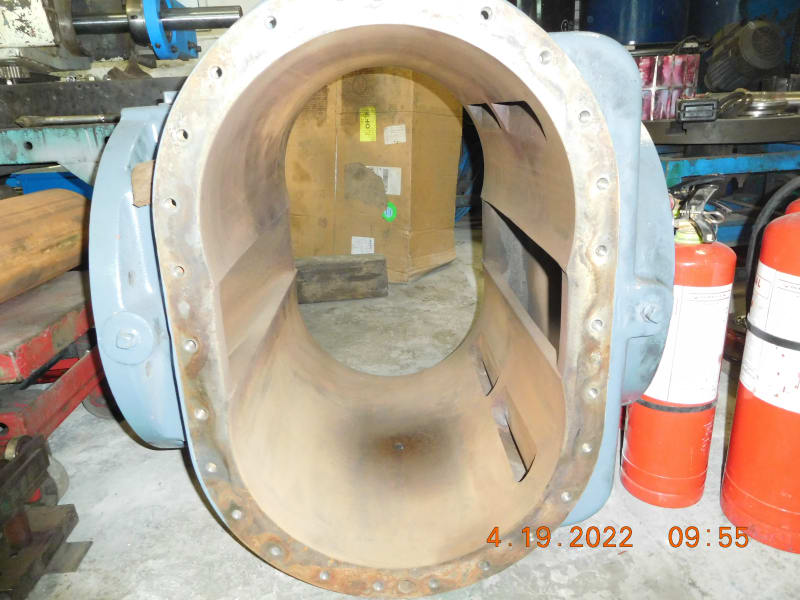
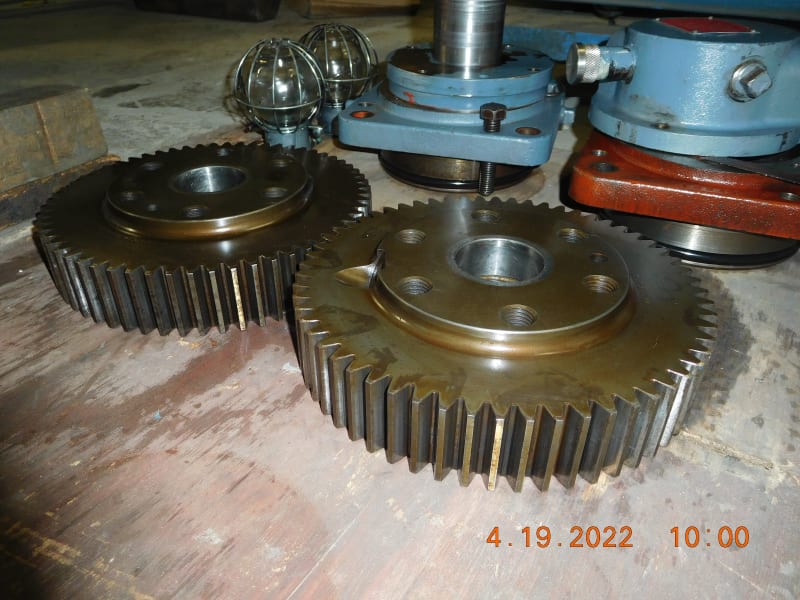
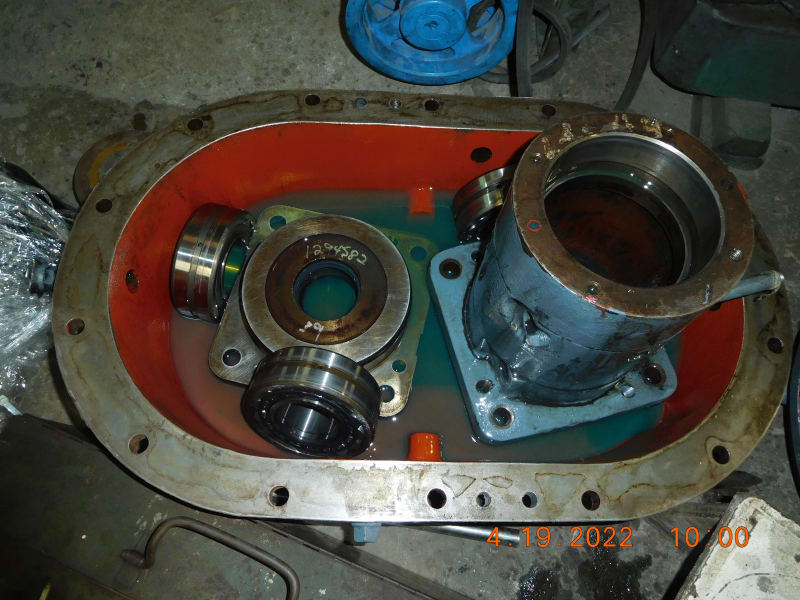
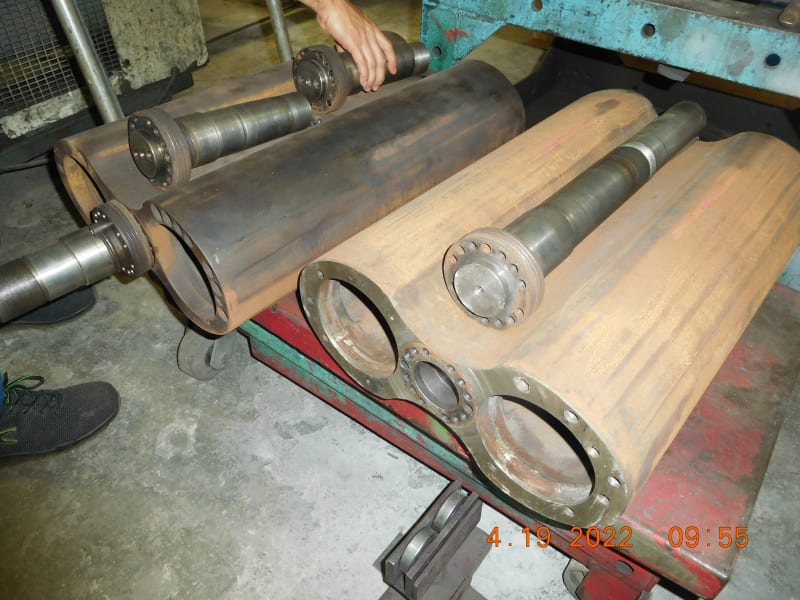
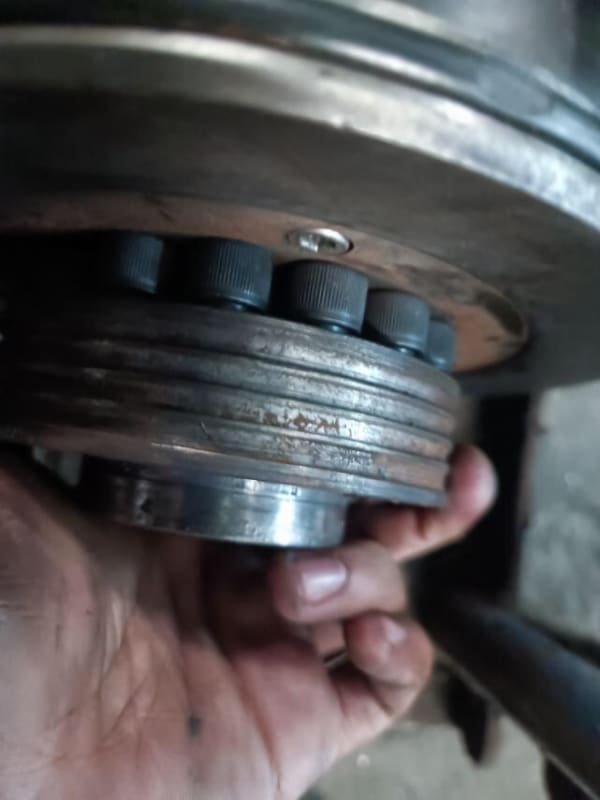

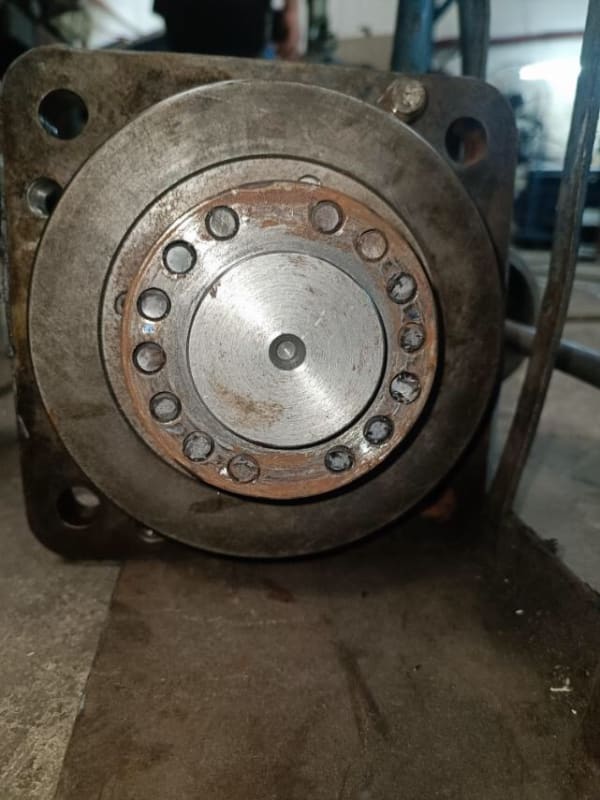
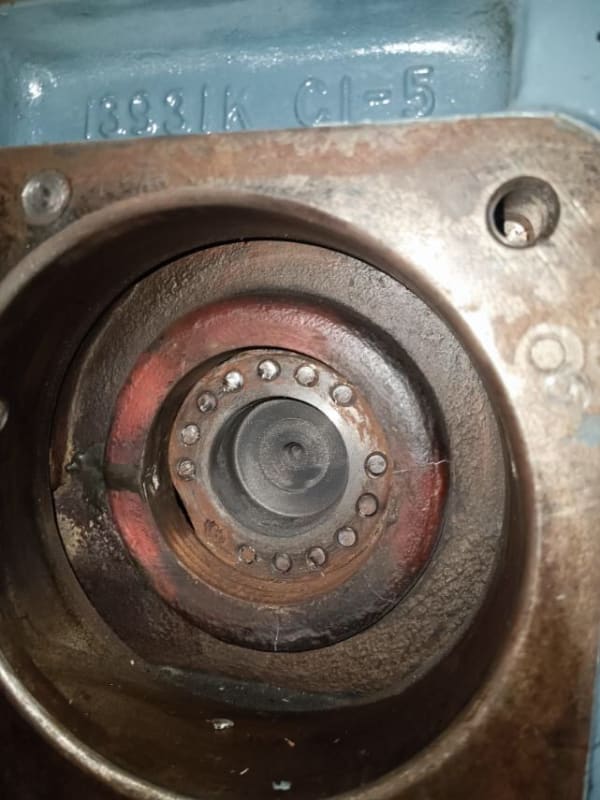
Thank you very much and would appreciate any help on this please.
I would like to consult for a blower that was recently repaired? I would appreciate any help on this.
Attached document is my initial investigation of the blower and hopefully you may take time to read this. On the last pages of this presentation are only my suspicion. I haven't included the integrity of the Allen cap screws but would also send this for a shear test and tensile test for verification. This blower is driven by a 250hp motor/4160voltage. Blower speed is 1565rpm. I would really need any expert advice on this matter.
The cylinder body's maximum temperature reading was only 40Deg C and the drive end bearing temperature max was only 82 Deg C. The rest of the surfaces of the blower reads only 35 to 40 Deg C....so far it was perfectly operating until the they decided to shut it down in the evening as the central control noticed that there was a sudden drop of amperage during the night and decided to operate the parallel unit or back up unit. To which I don't know yet the time when they decided to couple the ports to the silencer and start conveying the fine coal on the downstream where at the moment how much time was it running while coupled to the silencer and a sudden drop of amperage is noticed.
I have inspected well all the components and parts where everything is without wear on the surfaces of the cylinder, lobes, bearing fits, bearing journals, drive and driven gears etc., that should occur if a rubbing or sudden jerk of operation would prove. Please see the attached photo for your references and videos during operation on an open port.
Those marks you may notice on the head plate are just nominal to very slight wear. I suspect this mark happened after the breakage of the Allen cap screws as it took us time to withdraw the unit from the skid base of the blower.
















Thank you very much and would appreciate any help on this please.
